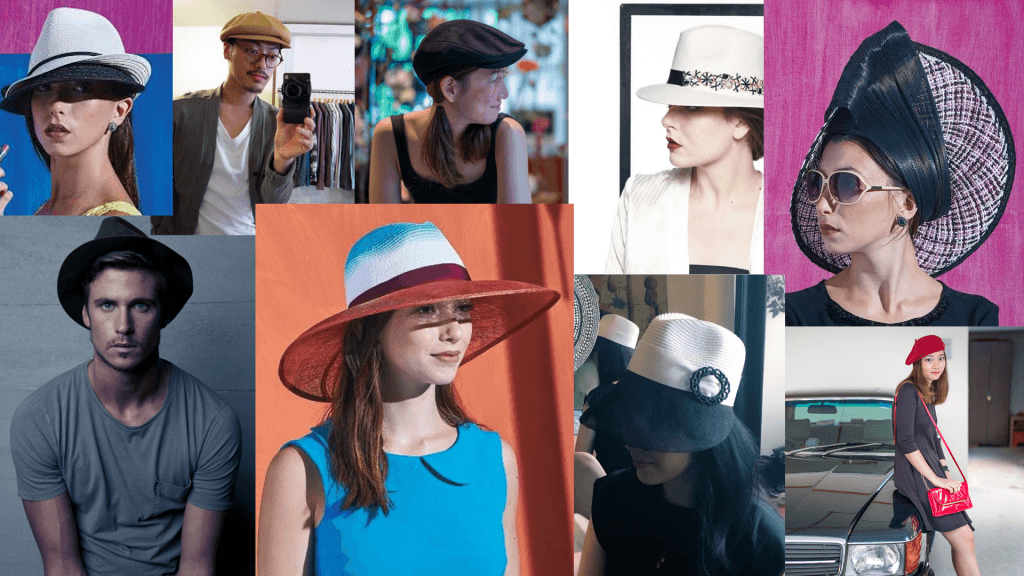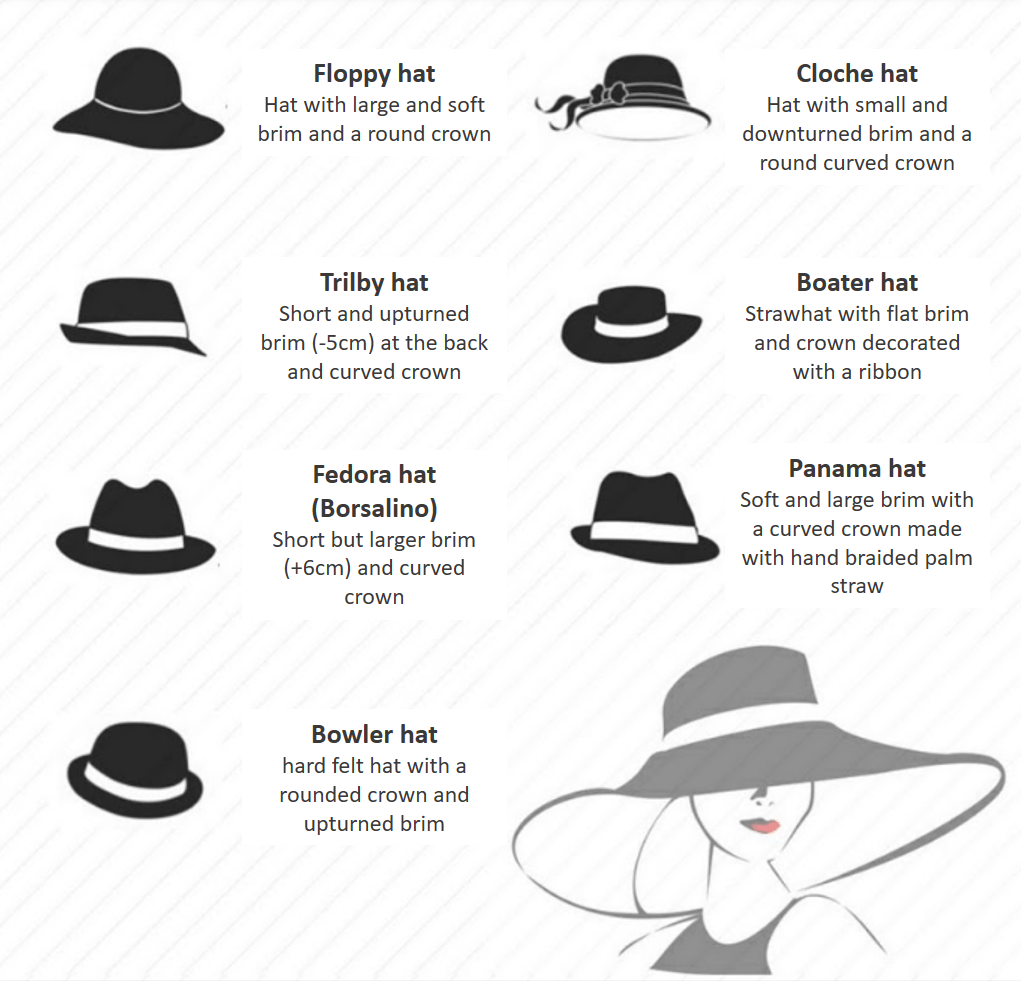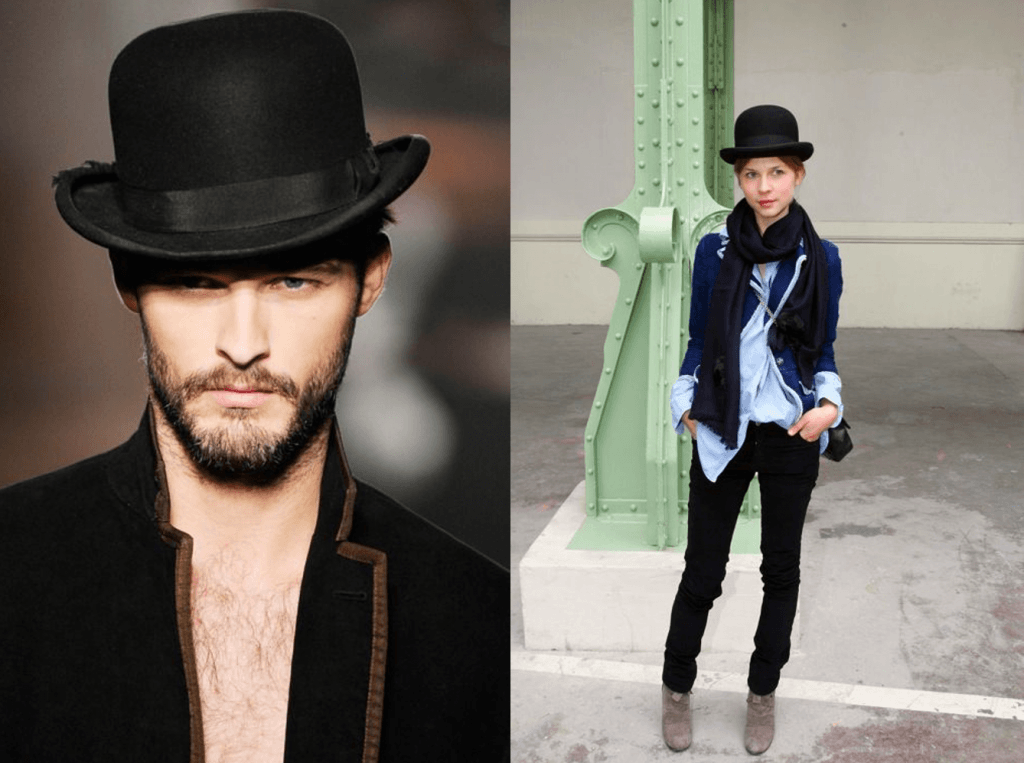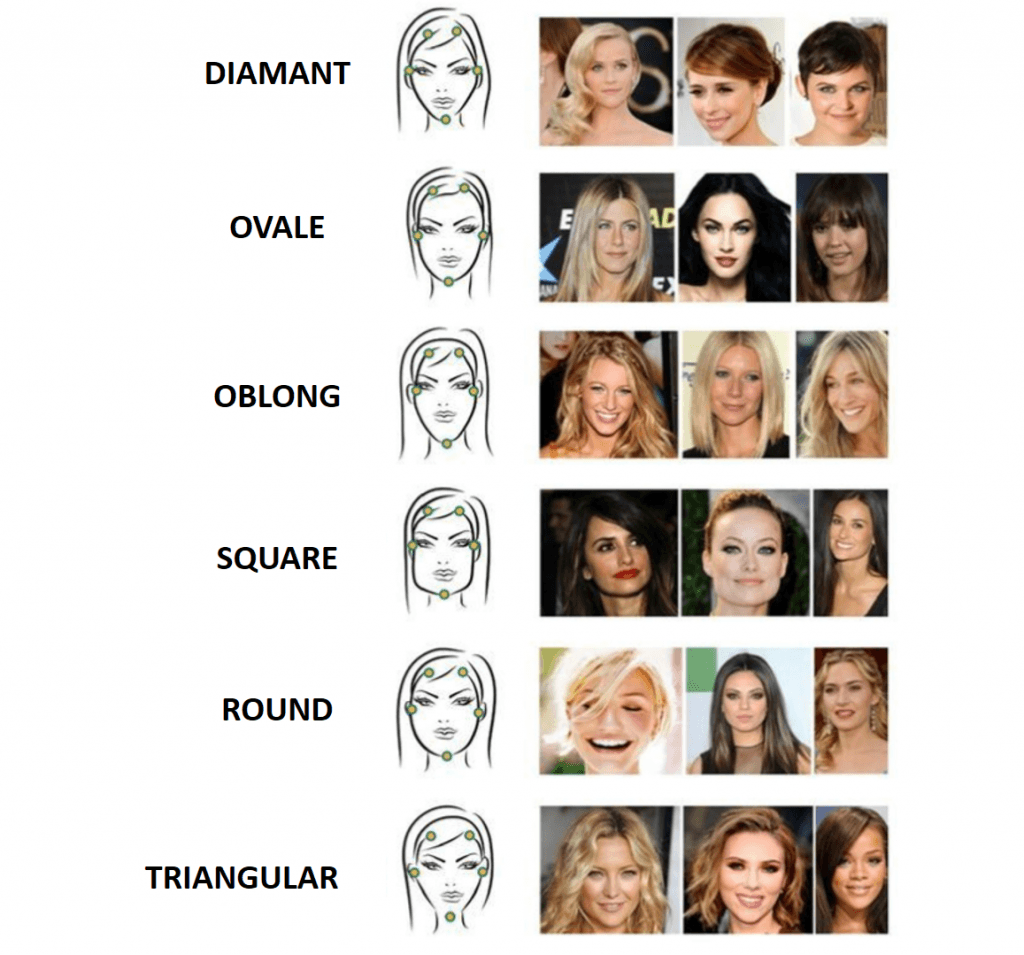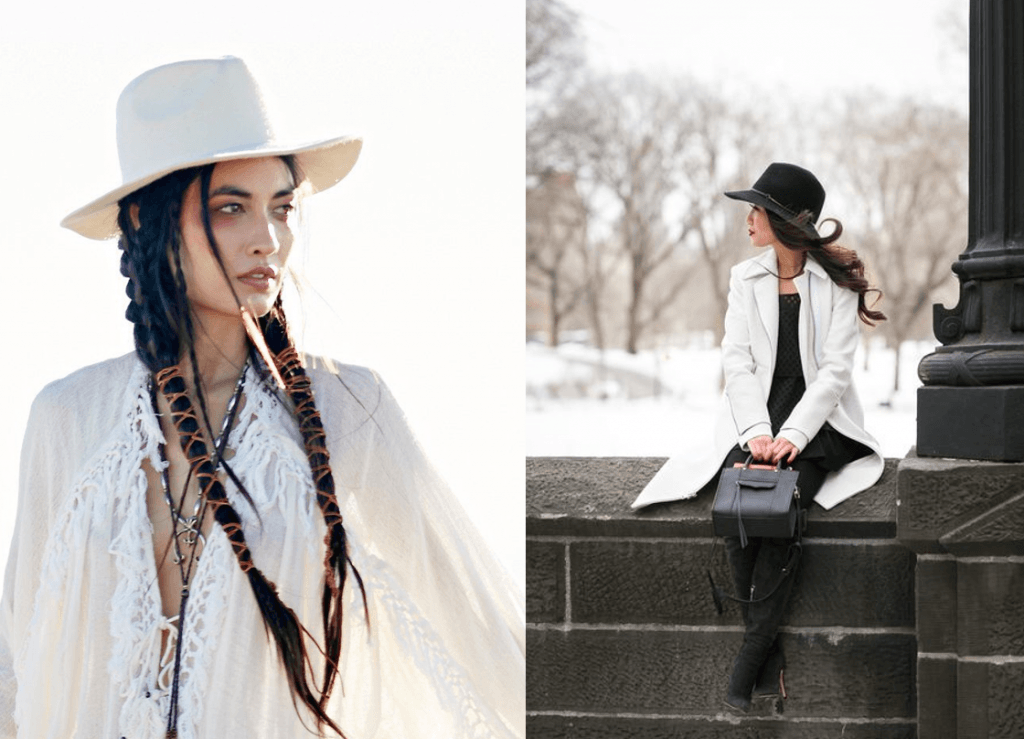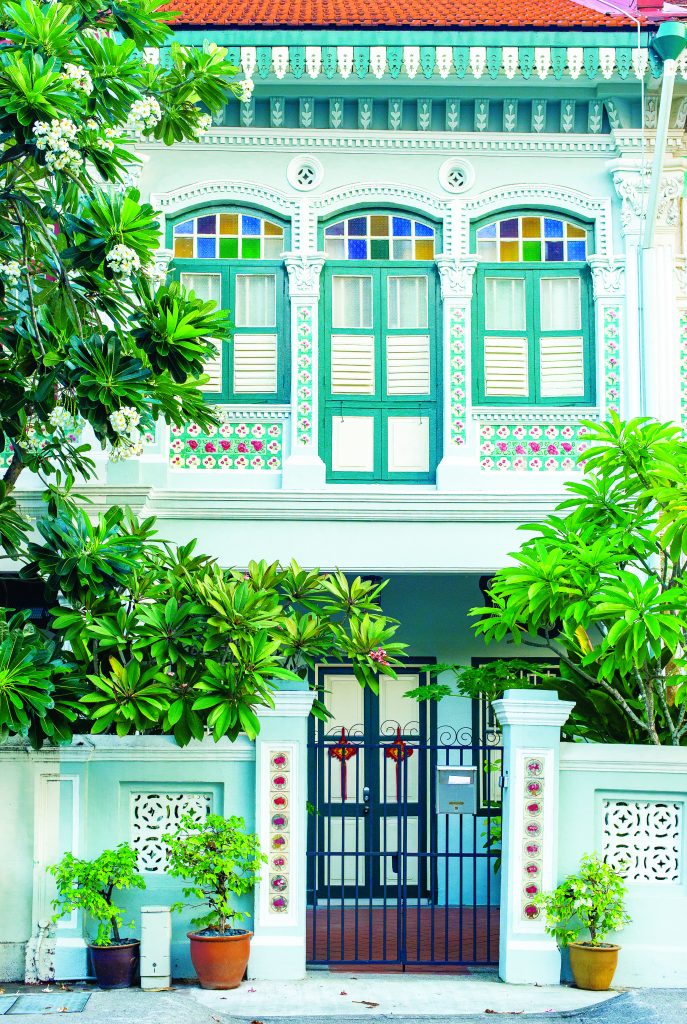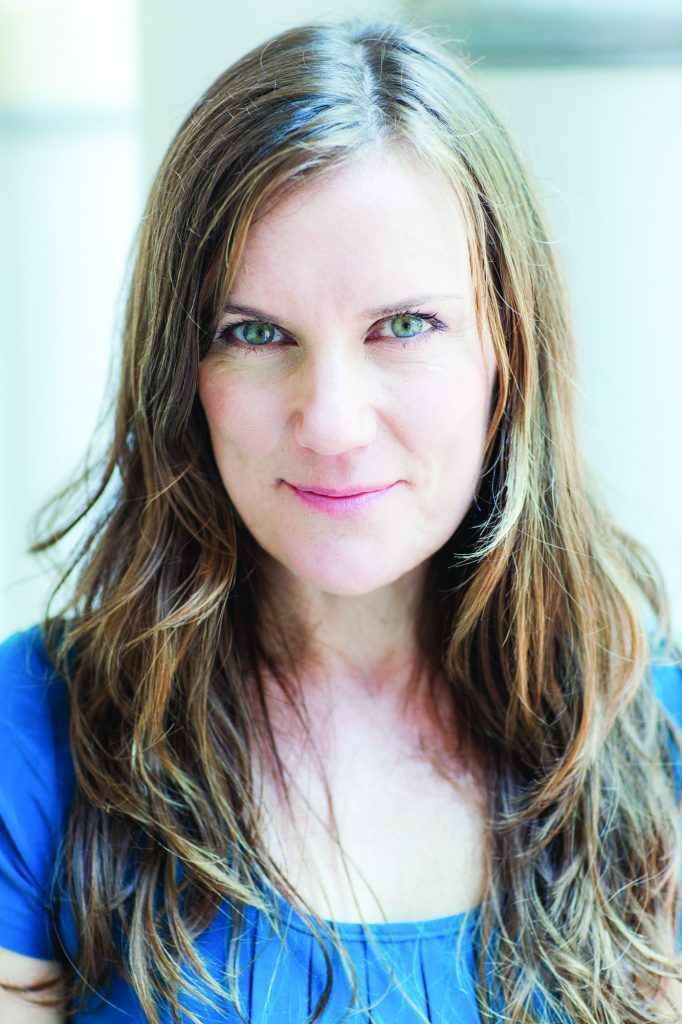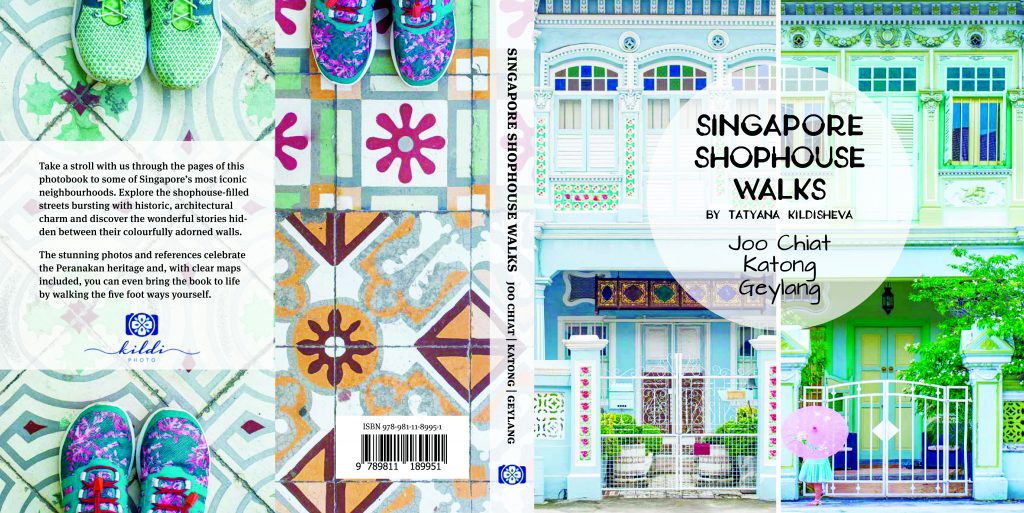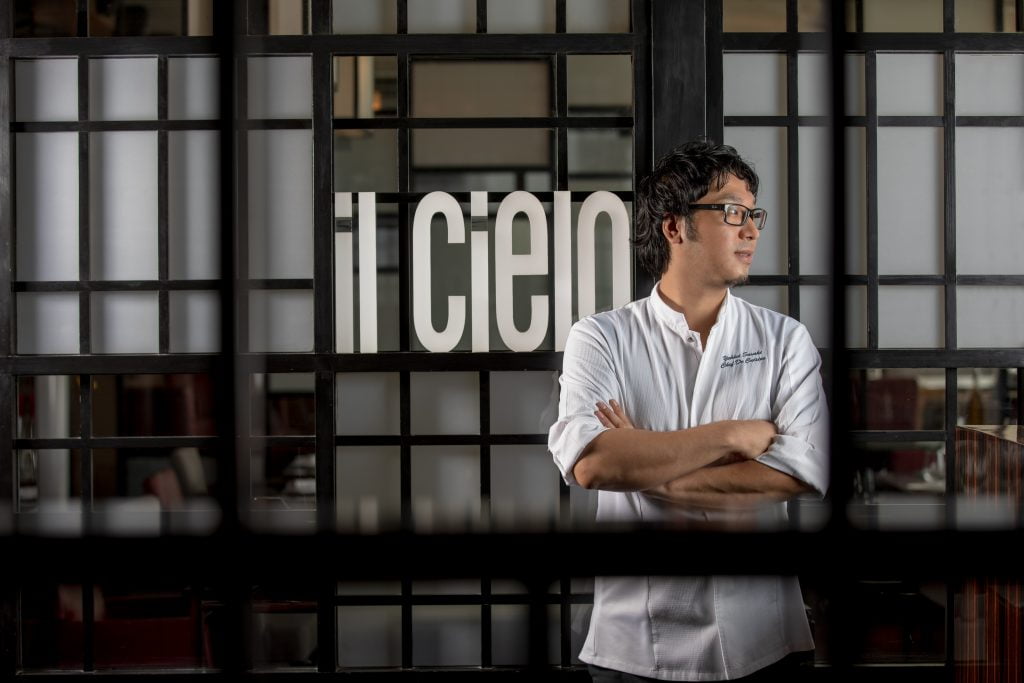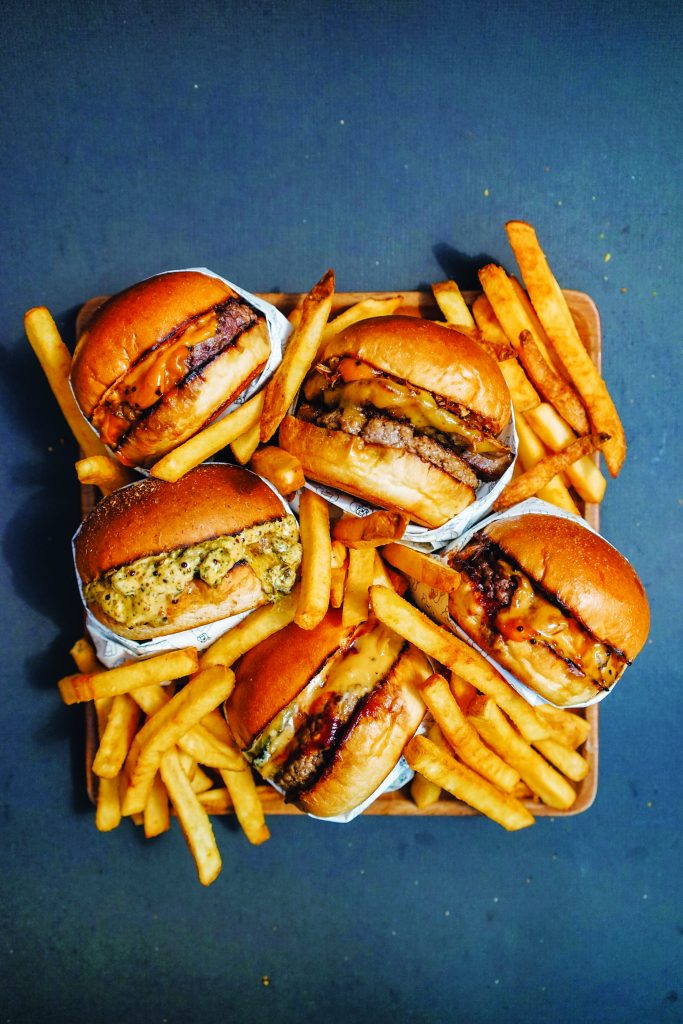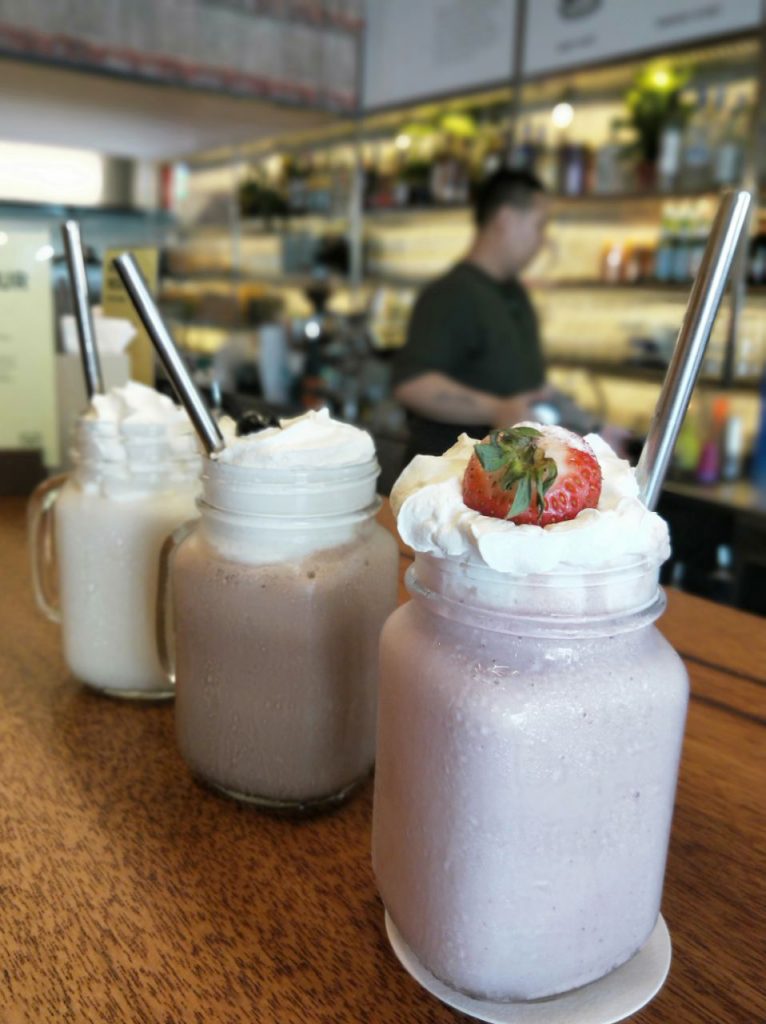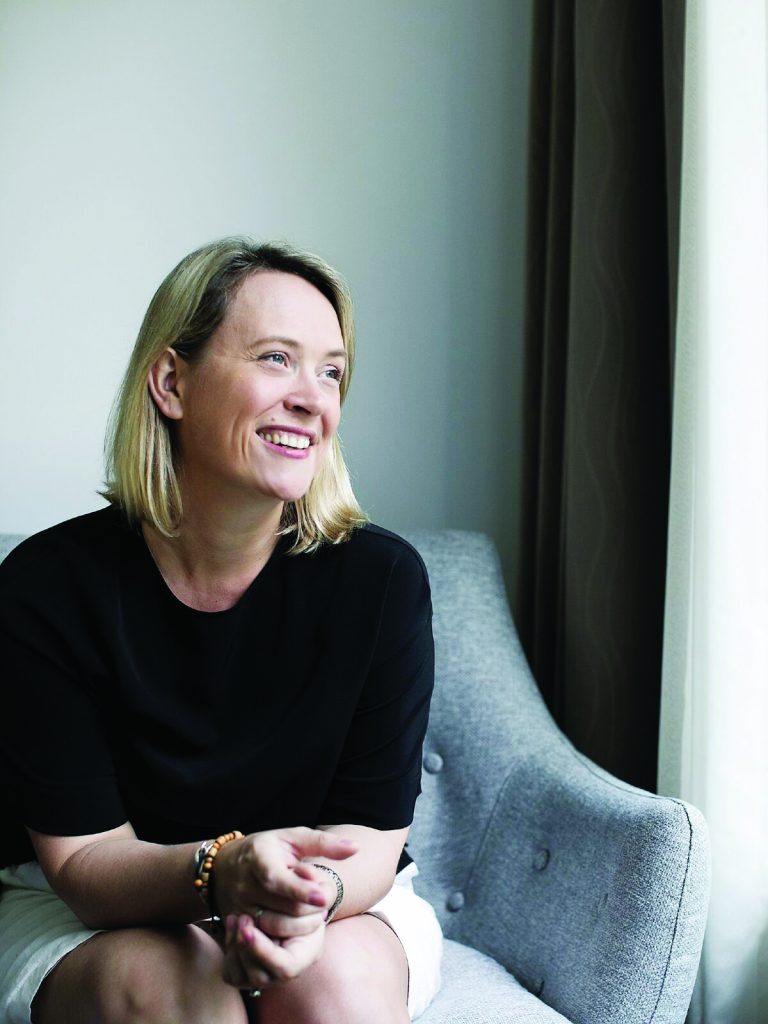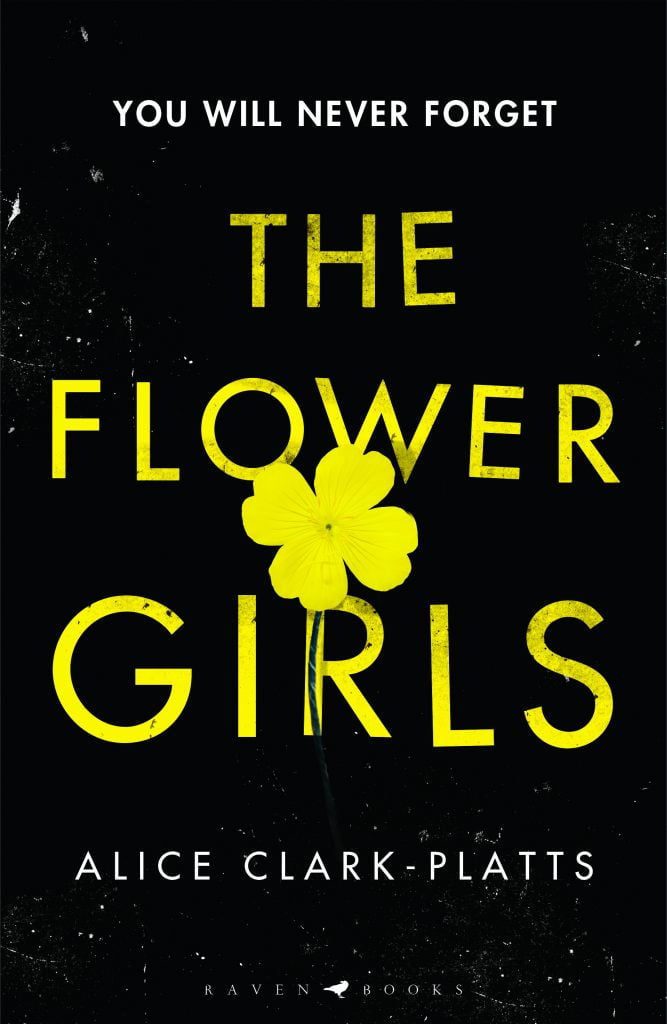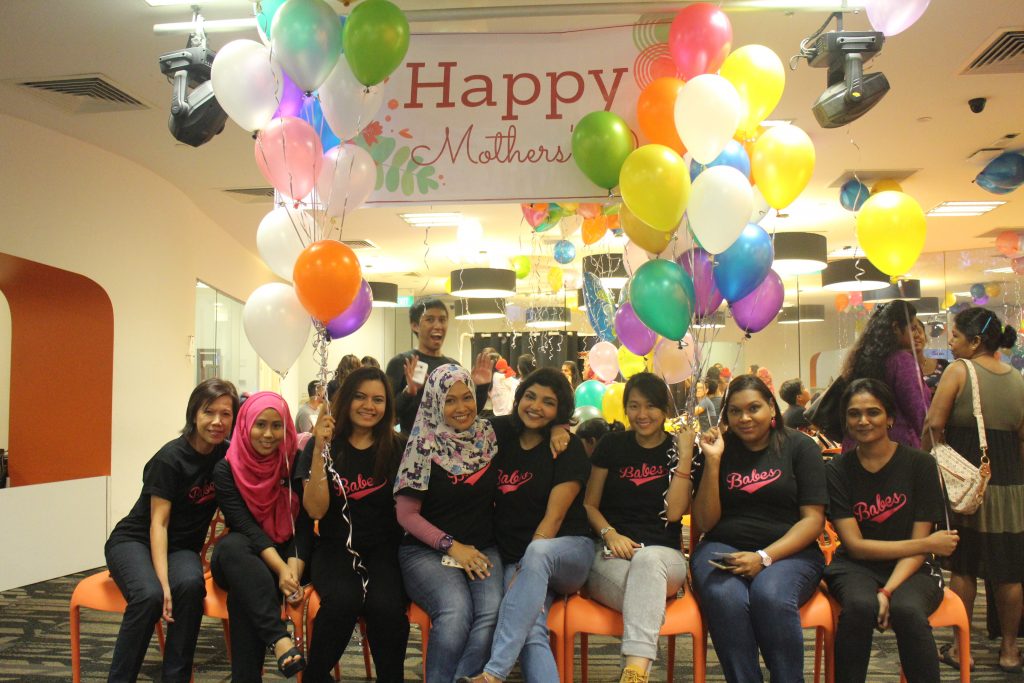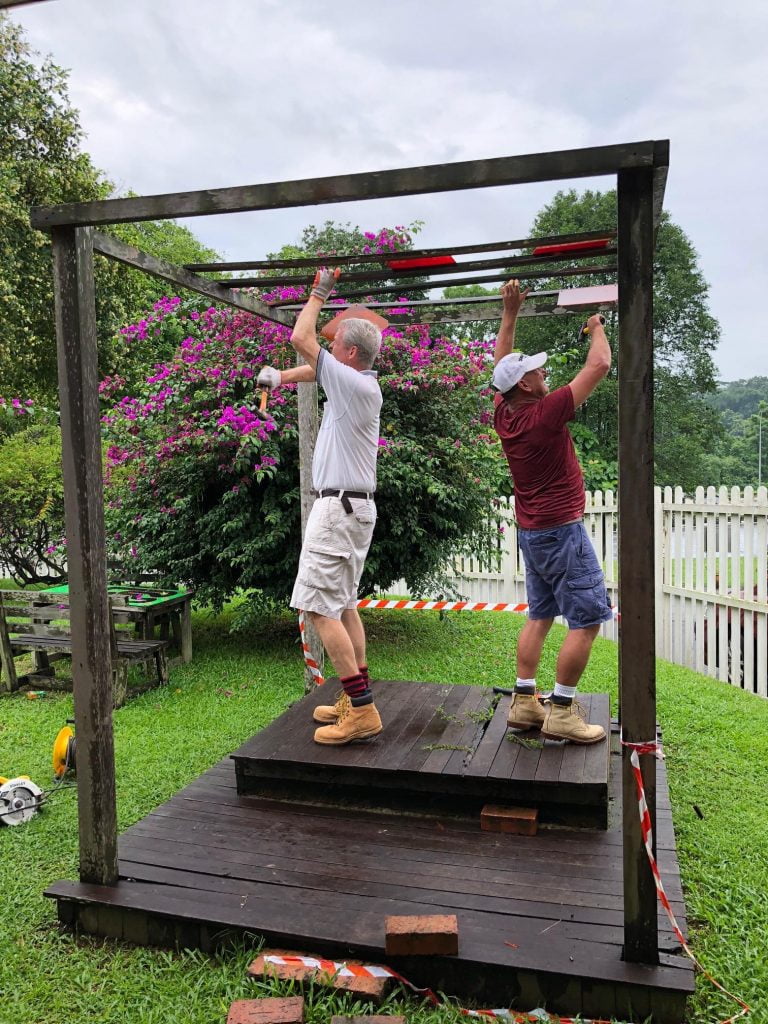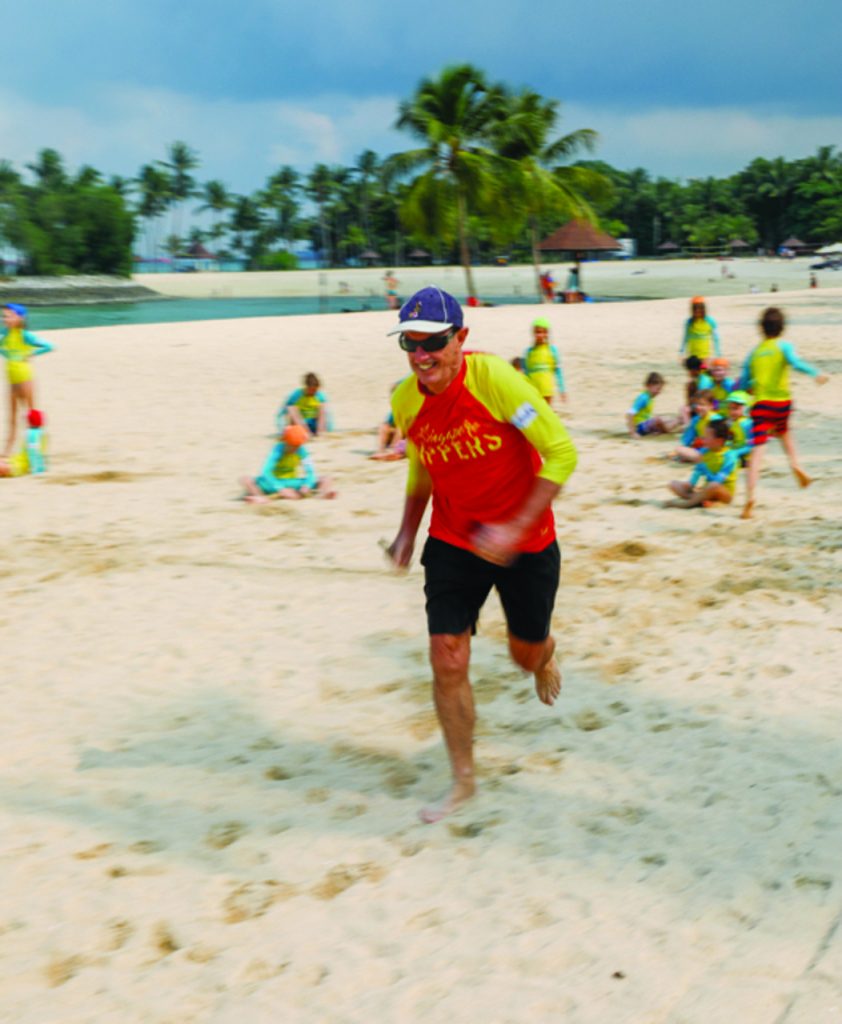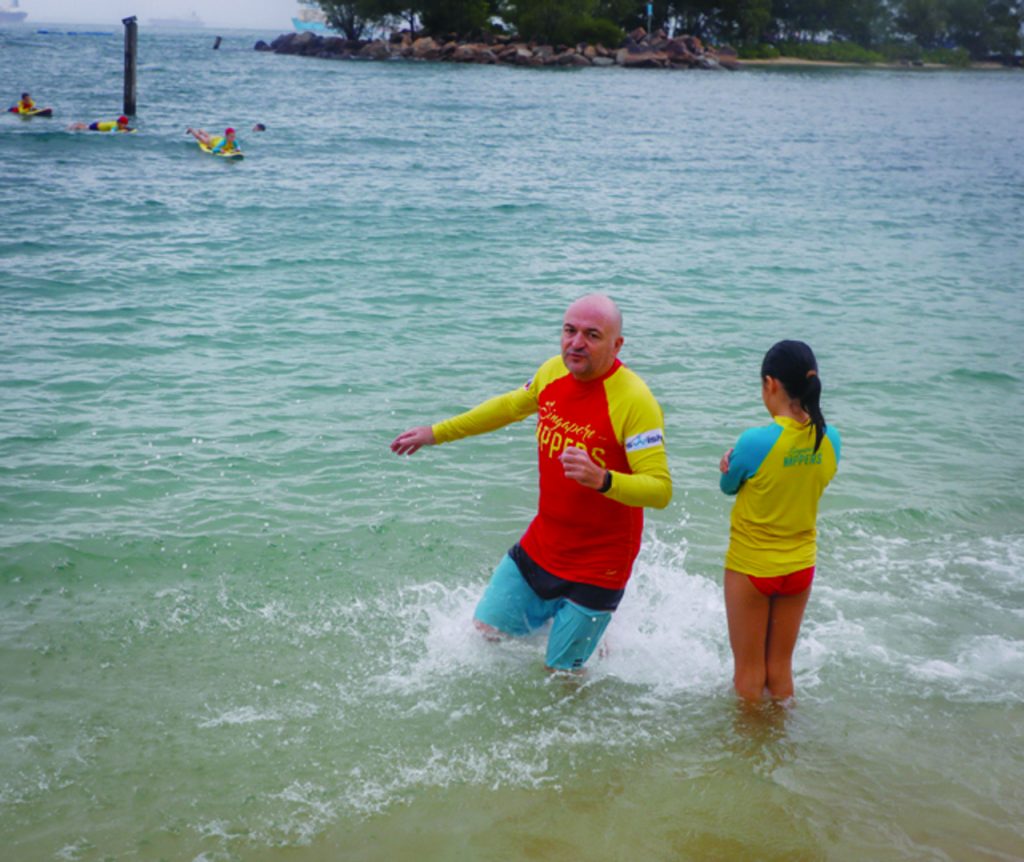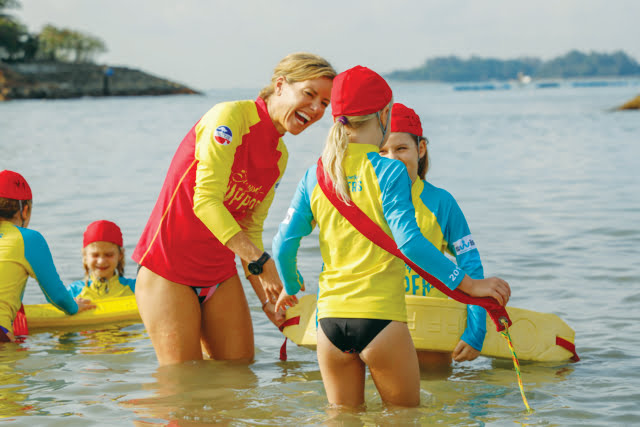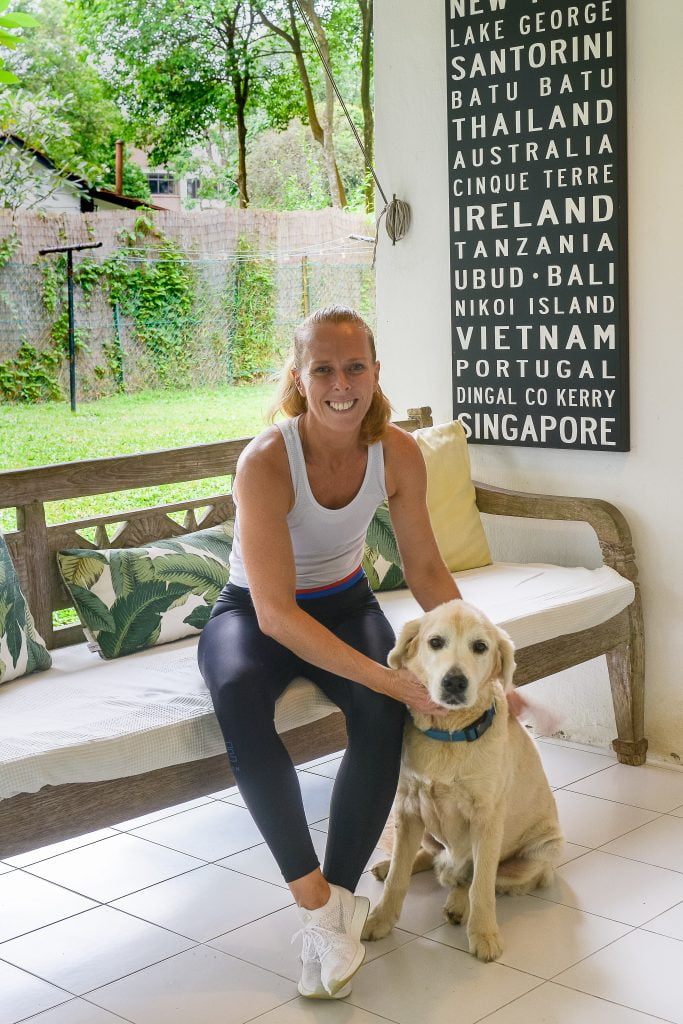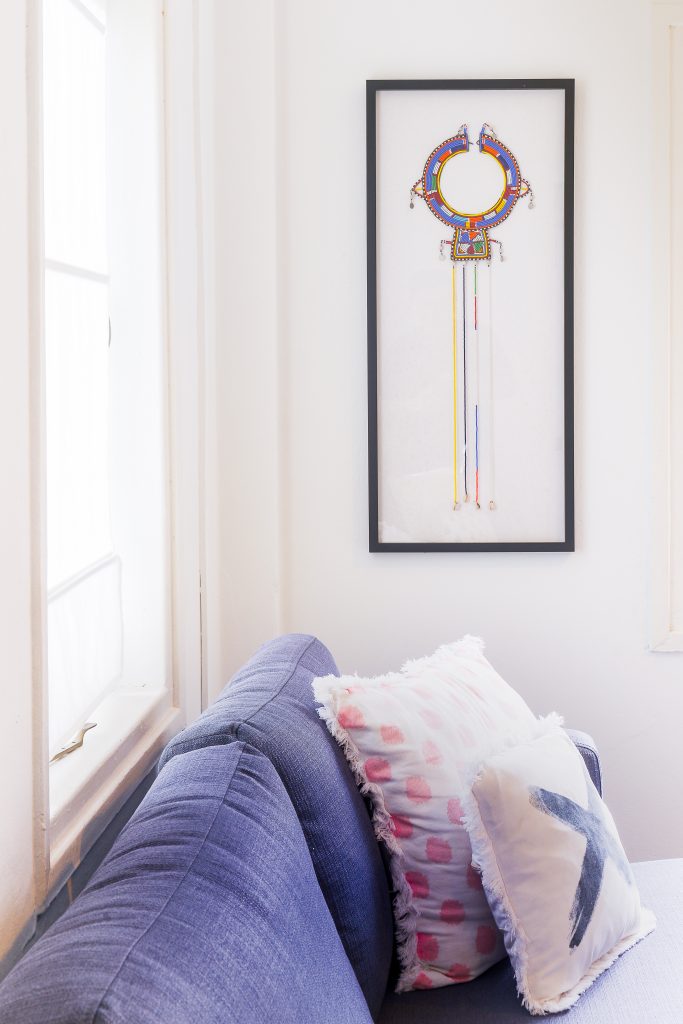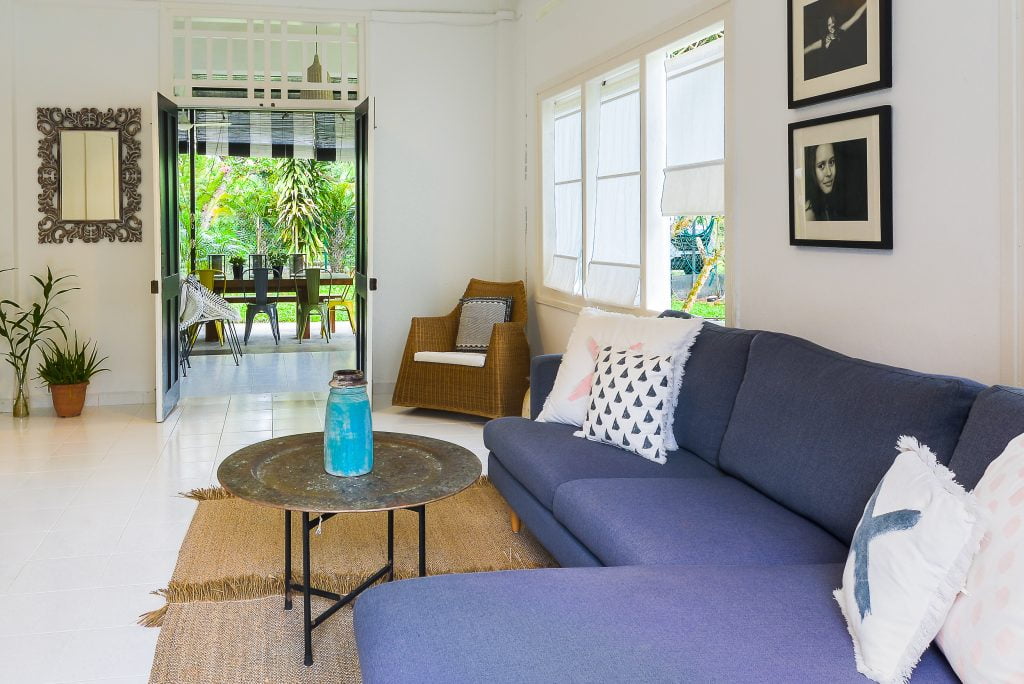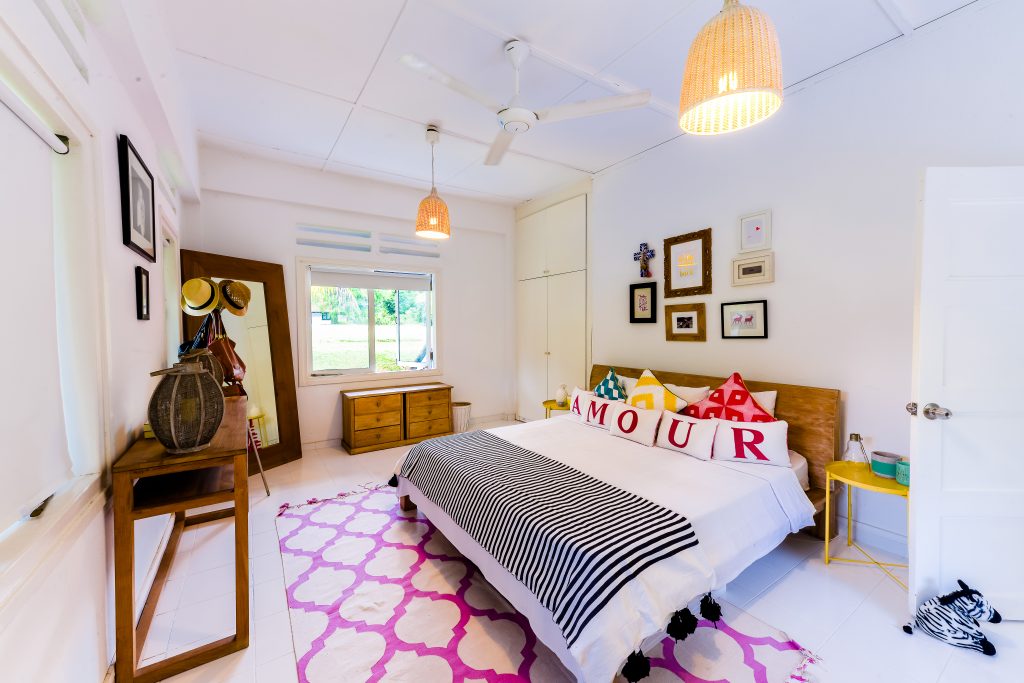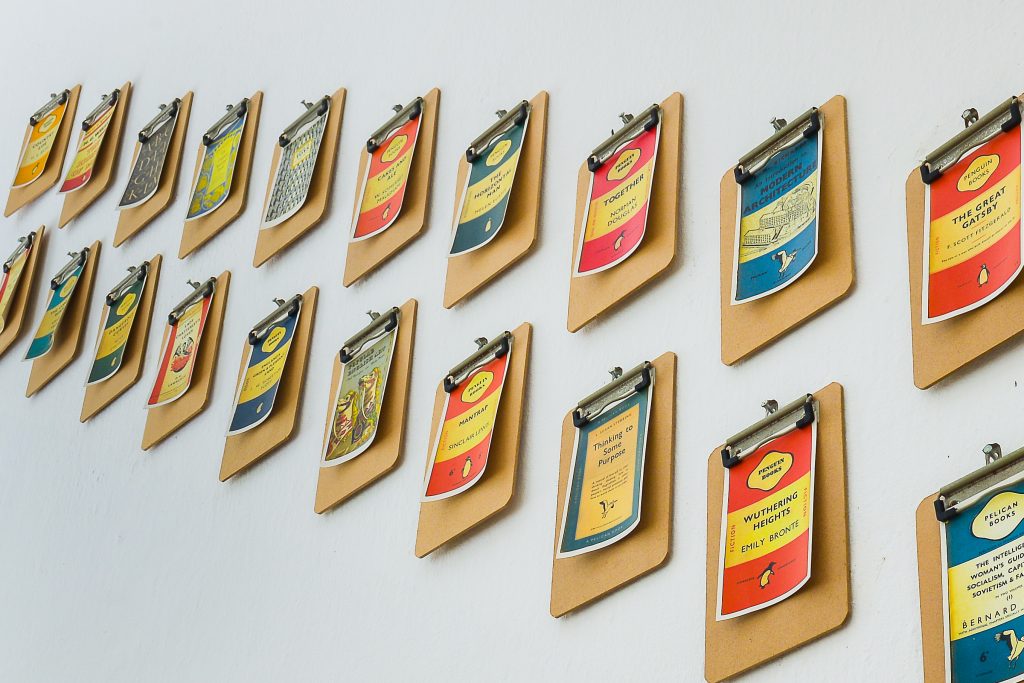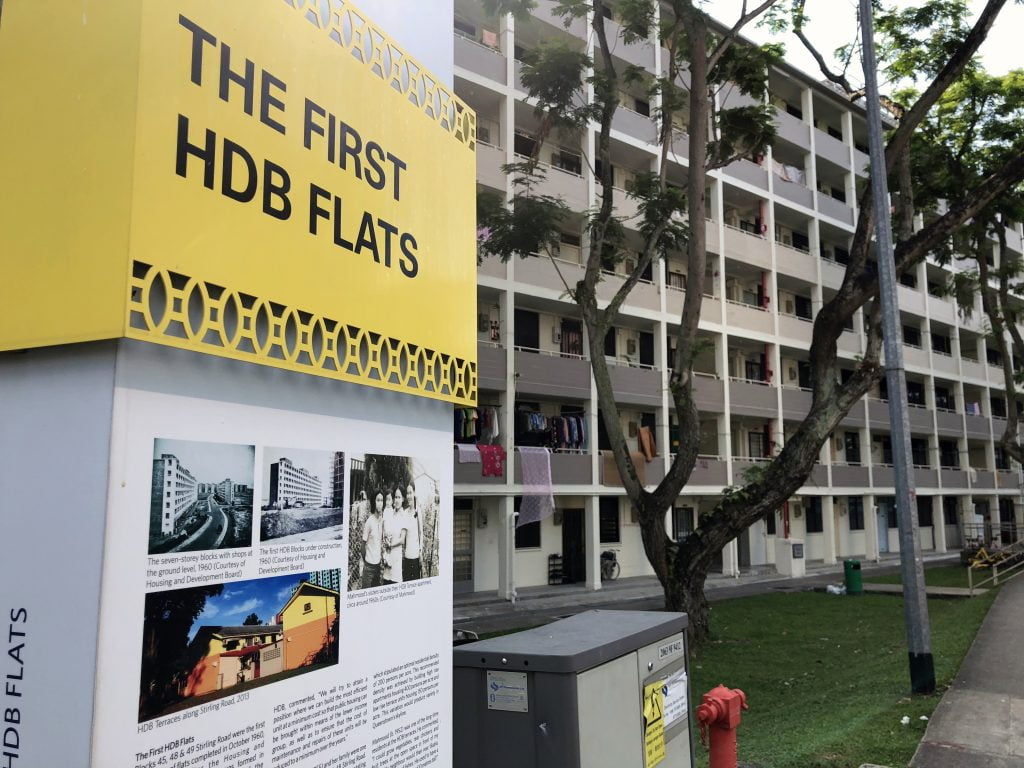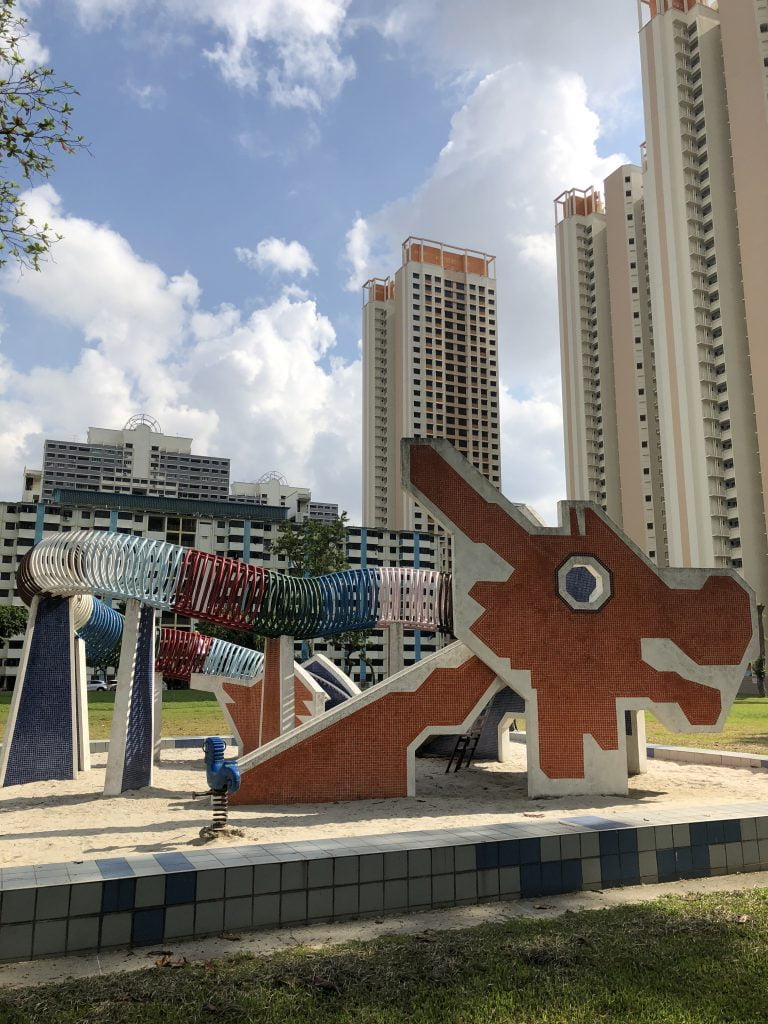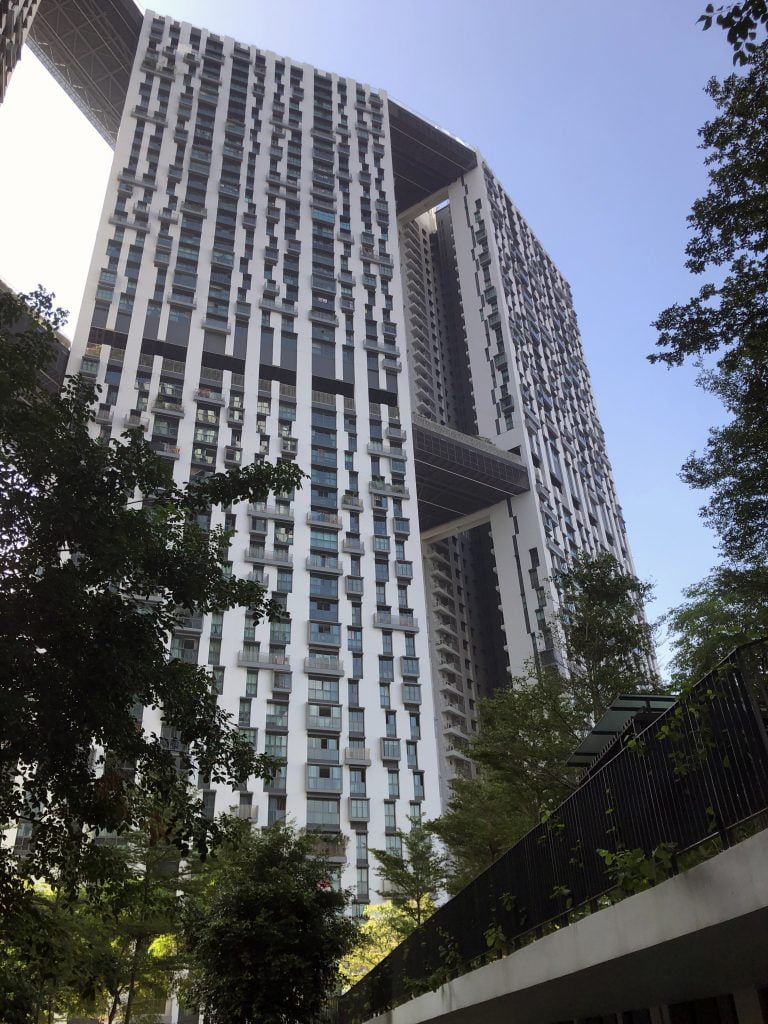
Do you ever have those days where you are busy shooting monkeys out of your papaya tree with a super soaker and you almost step on a large monitor lizard with your bare feet? Later that night, as you arrive home after a party, there is a four-meter python on your driveway and the taxi uncle mutters under his breath; ‘why on earth do you live here?’ A lot of people ask me what it is like living in one of Singapore’s (in)famous ‘Black and White’ colonial houses. The only real answer to that: it is a unique experience!
If you are into old rickety houses with oodles of charm and nooks and crannies to lose your children in during the too long summer holidays, these houses are for you. If you like a bit of wartime history thrown into the mix – even better. But if you like your real estate polished, your roof leakage-free, and your bathrooms clear of mould – think again. You need to have a certain tolerance for the wilder aspects of tropical living.
What I love most about our Adam Park house is the immense garden. Our kids can build huts, we host marshmallow roasting campfires and I scoop the leaves out of our pool three times a day. The kids play football, badminton, tag, hide and seek and swing on our jungle swings.
We breed tadpoles and butterflies, keep chickens, plant flowers, herbs and vegetables. Guests comment that they don’t need to leave the house; staying with us is resort experience enough. That is, those guests that don’t mind sharing their bathroom with our resident toad. We’re never allowed to forget who we share this lovely green space with.
The second thing people ask when we talk about our house is usually: ‘But what about the snakes?’ For some reason I have the reputation of being a tough gal who fearlessly leads the way in jungle hashes through the wildest terrains, scoops up snakes from her daughter’s bed (who was at school, thankfully) with a broom and dustpan, and throws them over the fence without flinching.
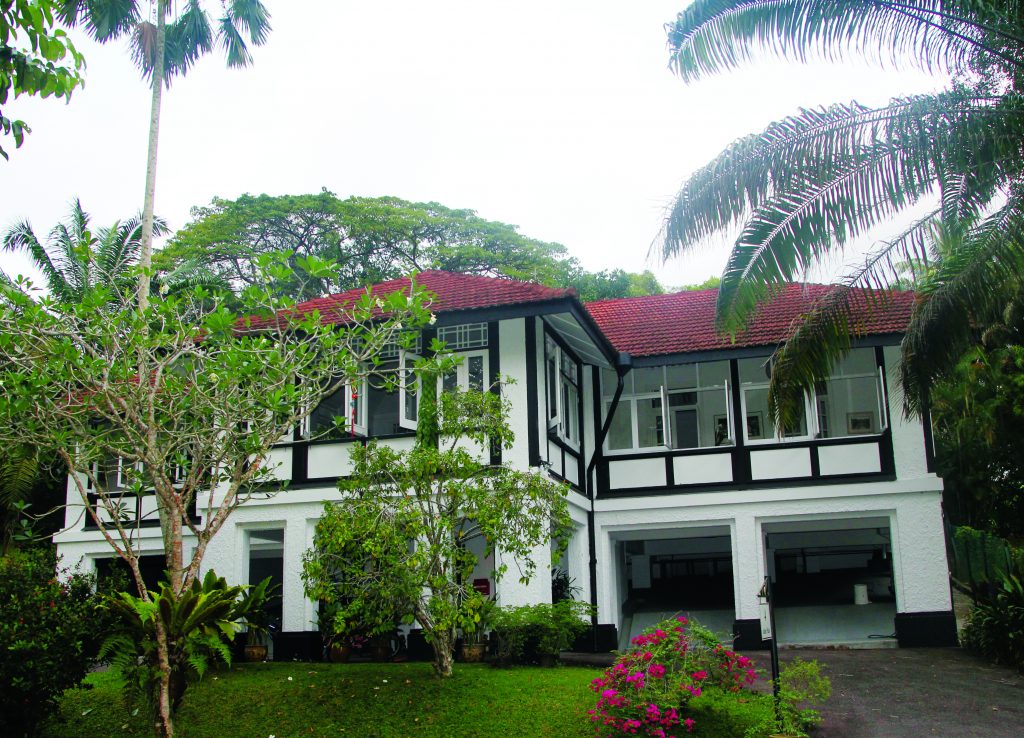
What people don’t see is that even though that was a perfectly harmless bronze back tree snake, my heartbeat went through the roof. So it is time to admit here, once and for all: I am terrified of snakes! I am afraid of the black spitting cobra I saw slithering though the front yard from the window, the extremely poisonous Malay coral snake that bit my cycling husband in the rear tire. Even the harmless wolf house snake, kukri snake and the beautiful colours of the tree snakes make me nervous. I have become proficient in identifying local snakes, thanks to the internet and the SG snakes app but still, I remain restless. A child bitten by a cobra can die in hours. As I am typing this on our patio, a two-foot monitor lizard is sneaking up at me. It is still around five meters away, but that face with its forked tongue is just too much like a snake for its own good!
Each morning I have to work up the courage to go outside to let out the chicken from their supposedly snake-proof coop. I say supposedly, as a huge python can squeeze itself through the tiniest gap and the coop is as rickety as our house. Our chicken run is the most efficient python trap, as any python with a chicken inside his belly is too lazy and fat to get out again. We have ‘caught’ four already, and yes, I have ACRES on speed dial. Thankfully, this morning, all the chicken are safe. That is, for now.
Despite the snakes, the lizards, the monkeys, the omnipresent ants, the ear-numbing noise of cicadas and last but certainly not least the terrifying risk of falling trees, I would not want to live anywhere else. Every day here is an adventure!
Like this read? Karien van Ditzhuijzen blogs at bedu-mama.com about her life in Singapore.
Our new life and culture column is where we take a look at life in Singapore, from cultural celebrations, to daily life, health and family. If you’d like to contribute your thoughts on about any aspect of life in Singapore – please email editor@anza.org.sg


